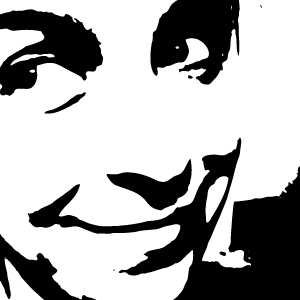Do read the comments: Designing digital editions for a public humanities conversation
_“How can you love a work, if you don’t know it? How can you know it, if you can’t get near it? How can you get near it, without editors?” _— Gary Taylor, “The Renaissance and the End of Editing”
Scholarly editors are an integral part of the continuum that keeps the stories of the past available to and understood by the present—but in Taylor’s formulation, the “you” is just as important: that public of readers beyond the academy whose interest keeps the humanities alive and relevant. This talk will explore how we can design digital archives and editions to be more than simply publicly accessible. With changes to how we do digital humanities interface design, we can take the extra step of inviting and assisting participation in our love for the nuances of a text’s materiality, history, and meaning. I'll address how my "Infinite Ulysses" digital edition draws on participatory design, social mechanics successful on non-academic sites, and user testing to support a public audience. We'll consider how to design scaffolding for teaching the public the rhetoric scholars use to critically engage texts, with an eye toward moving projects from unfocused public calls to "have your say" to teaching critical discussion: "here's how to have your say, if you want to take part in the conversation, if you want a response, if you want to build on what's been said and have someone build off your thoughts in turn, if you want to learn how to follow up on a theory or question". We'll also think about what substantive information can be drawn from public commentary that doesn't use the commonplaces of scholarly critique, through techniques such as analyzing sentiment and data on how readers move around a digital edition website. ____ _NOTE: This talk was originally scheduled for April 7, 2015, but had to be canceled due to a campus-wide power outage. _
Speakers


